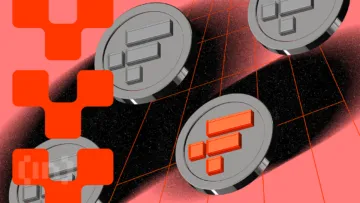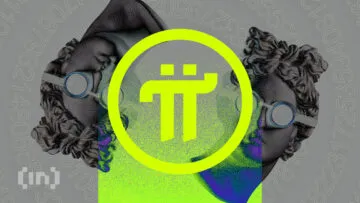Cardano announces some exciting developments for 2022 to deal with the anticipated increase in dApp development.
Cardano developments for 2022 will come thick and fast. BeInCrypto recently reported on Charles Hoskinson’s educational vlog, where he outlined the Cardano Roadmap for 2020. In the report, it was noted that the company behind Cardano would spare no expense in developing both on and off-chain improvements that will pave the way for an expanding decentralized application ecosystem.
/Related
MORE ARTICLES
FTX: How to Prevent a Similar Dumpster Fire

FTX Japan Will Begin Customer Refunds In February 2023

Pi Network (PI) Listing Sparks Controversy as Price Skyrockets
Stablecoins Dominate the Trading Volume in the Last Crypto Friday of 2022
This Week in Crypto: SBF Gets Bail, Solana Dumpster Fire Continues and Could BNB Be a Security?
AI Chatbots Could Become the Future of the Metaverse
On-chain improvements
The Basho stage will see resources invested in optimization and scaling to deal with the anticipated surge in Cardano-based decentralized applications. One of the on-chain improvements will be an increase on block size, following the recent increase from 8KB to 72KB. Pipelining, where parallel processes occur to improve throughput, will reduce block propagation times by combining validation and propagation. Blocks are expected to reach 95% of peers within five seconds. Another on-chain improvement will be input endorsers. They improve block-propagation times and throughput, which ultimately increases the number of transactions per second.
There will also be memory improvements in Unspent Transaction Output (UTXO) handling, stake distribution, and live stake distribution.
The extensible UTXO model includes enhancements to the Plutus scripting language. The improvements are Reference Inputs (Cardano Improvement Proposal-0031), Plutus Datums (CIP-0032), and script-sharing (CIP-0033).
There will be node enhancements to smooth out the stake and distribution reward computations. Some parts of the protocol state will be stored on disk, which means that systems that have limited RAM will be able to operate nodes in the event that they have sufficient storage, and scalability will no longer be a problem.
Off-chain improvements
There are also off-chain improvements planned for the Basho stage. Sidechains will be introduced for the first time. A sidechain is a blockchain connected to the main blockchain via a bridge to enable tokens to enable tokens from one chain to be used in another and returned to the main chain. The sidechains from the Ethereum Virtual Machine that will connect to the main Cardano blockchain include Milkomeda and Mamba.
Another off-chain improvement will see some transactions occurring outside the blockchain to improve the efficiency of the network. The off-chain transactions operate via a trust model. Hydra, another off-chain improvement, will provide a more resource-efficient way to process transactions off the main chain, using the main-chain distributed ledger as the settlement layer.






